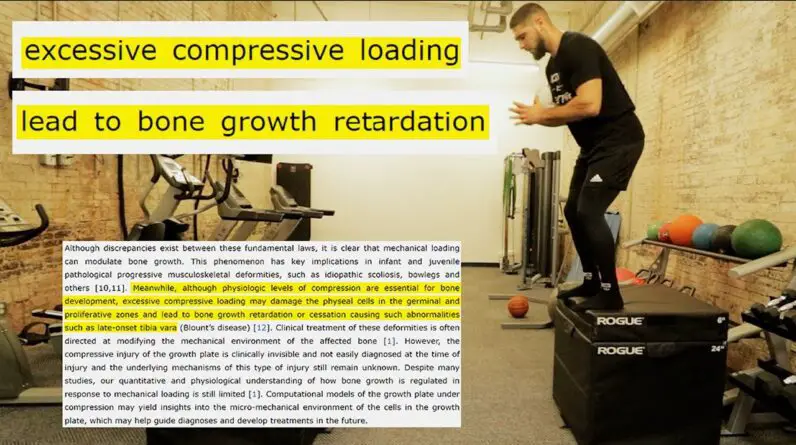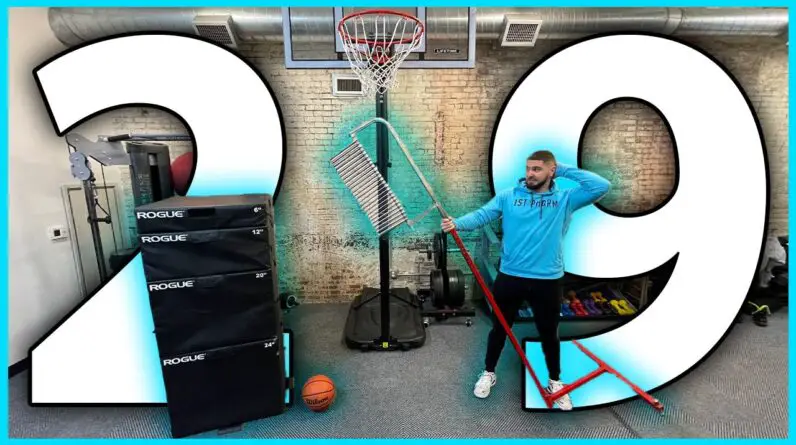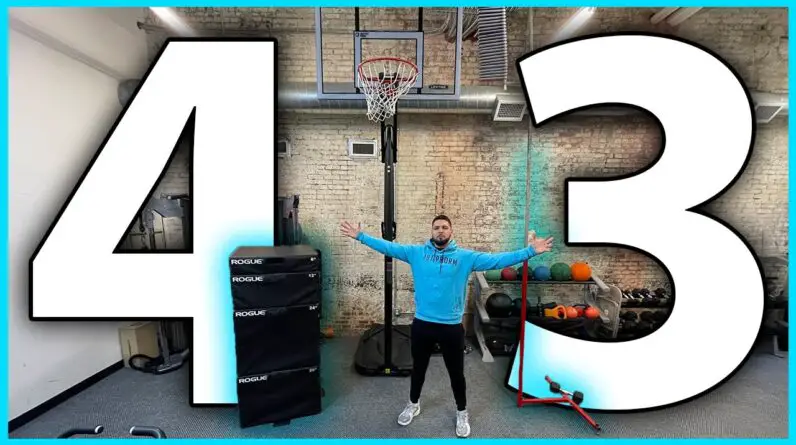If you’re an athlete or fitness enthusiast looking to improve your vertical jump, you’ll want to add joint angle squats to your training routine. This exercise targets key muscles and joints to help you jump higher and improve your overall performance. In this post, we’ll dive into the benefits of joint angle squats and how to properly execute them for maximum results. Get ready to take your vertical jump to the next level with this must-try exercise!
Enhance Your Vertical Jump with Joint Angle Squats” – A Must-Try Exercise!
Introduction
Being a sportsperson, it is always essential to maintain your fitness and work on your strength as well as your ability to jump. And when it comes to jumping, the vertical leap is one of the most significant indicators of a person’s jumping ability. Whether you are a basketball player, volleyball player, or a high jumper, having good vertical jump skills can make a vast difference in your game.
However, not all exercises can help you improve your vertical jump. But, have you ever tried joint angle squats for enhancing your vertical jump? If not, it’s time to include them in your workout routine!
Joint angle squats are a unique type of squat that targets your quadriceps and trains your muscles to produce power in the positions required for vertical jumps. This article will focus on the benefits, technique, and how to incorporate joint angle squats into your workout routine.
Benefits of Joint Angle Squats
Joint angle squats are an excellent exercise to improve your vertical jump, and there are many benefits that come along with them. Here are some of the benefits of incorporating joint angle squats into your workout routine:
-
Improved Quadriceps Strength: Joint angle squats target your quadriceps and improve their strength, which helps in enhancing your vertical jump.
-
Increased Power Production: This exercise trains your muscles to produce power in a way that replicates the demands of vertical jumping. It makes your overall body stronger and more powerful.
-
Reduced Injury Risk: When you perform joint angle squats correctly, it helps in developing stability in your knees and ankles, reducing the risk of injuries during vertical jumping.
-
Improved Athletic Performance: Joint angle squats can help you enhance your athletic ability, particularly your vertical jump height, which can make a significant difference in your game.
How to Perform Joint Angle Squats?
Here’s how you can perform joint angle squats:
-
Begin by standing with your feet shoulder-width apart and your toes pointed straight ahead.
-
Next, slowly lower yourself into a deep squat position, angling your hips backward and pushing your knees forward.
-
As you lower yourself into the squat position, keep your back straight and your chest up.
-
Once you reach the bottom of your squat, slowly move your body upward, pushing your hips forward and your knees back to return to a standing position.
-
Repeat the squat for four sets of 10 to 12 repetitions.
It is essential to perform joint angle squats correctly; otherwise, it can put unnecessary stress on your knees and ankles, leading to potential injuries. Please seek advice from a fitness trainer before adding this exercise to your routine.
How to Incorporate Joint Angle Squats into Your Workout Routine
Here are some exciting ways to incorporate joint angle squats into your workout routine:
-
Perform joint angle squats at the beginning of your workout routine.
-
Include them as part of your leg day workout routine.
-
Consider replacing regular squats with joint angle squats.
-
Add them as part of a circuit training routine.
Conclusion
If you want to enhance your vertical jump, joint angle squats are an excellent exercise to include in your workout routine. They improve your quadriceps strength, increase power production, reduce injury risk, and improve athletic performance. Make sure to perform the exercise correctly, seek advice from a fitness trainer before adding them to your routine, and incorporate them in an exciting way that works best for you.
FAQs:
-
Q. What is a joint angle squat?
A. Joint angle squats are a unique type of squat that targets your quadriceps and trains your muscles to produce power in the positions required for vertical jumps.
-
Q. Are joint angle squats effective in improving vertical jump?
A. Yes, joint angle squats are effective in improving vertical jump by building quadriceps strength and increasing power production.
-
Q. Will joint angle squats help reduce the risk of injury during vertical jumping?
A. Yes, joint angle squats helps develop stability in your knees and ankles, reducing the risk of injuries during vertical jumping.
-
Q. How many sets of joint angle squats should I perform in a workout routine?
A. Four sets of 10 to 12 repetitions per workout routine.
-
Q. Can we replace regular squats with joint angle squats in the workout routine?
A. Yes, you can replace regular squats with joint angle squats to enhance your vertical jump.







